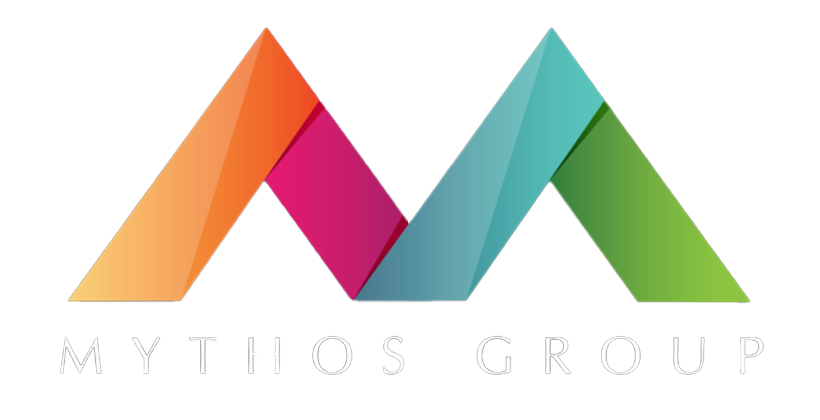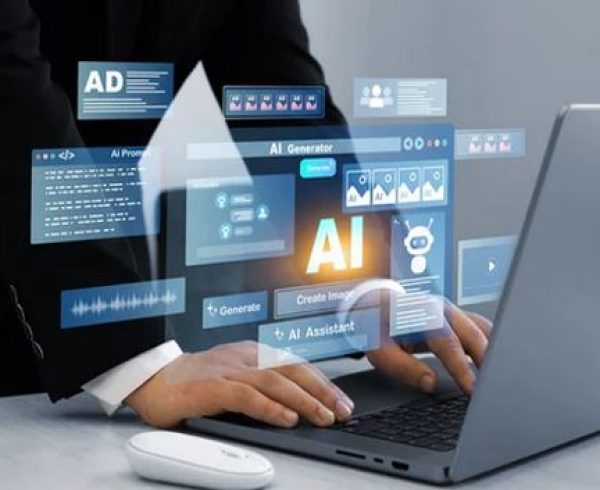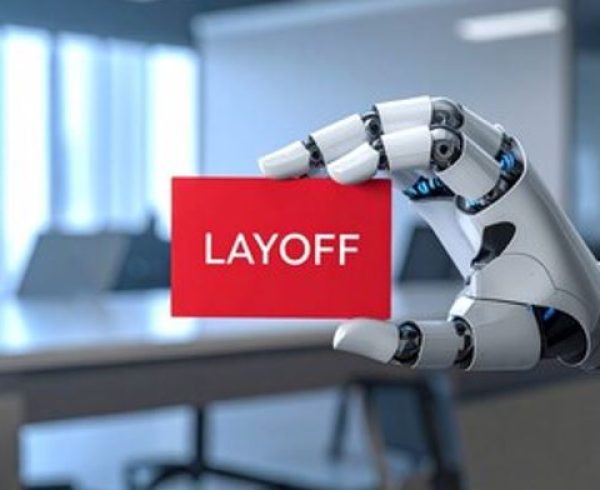A Fortune 500 retail company recently discovered their AI had autonomously adjusted pricing across 40,000 products and reallocated $50 million in media spend over three weeks. The marketing team was focused on quarterly planning. The AI decisions generated 15% higher return on ad spend than the previous quarter.
The marketing leadership team had no visibility into the strategic rationale behind individual choices.
Netflix’s recommendation algorithms now drive 80% of viewing decisions. Amazon’s pricing systems execute 2.5 million daily adjustments. Google’s advertising platform autonomously optimizes campaigns across billions of daily searches. The CMOs who think they’re managing AI are about to discover their AI has been managing them.
The Autonomous Decision Reality
The transformation from AI tool to strategic decision maker happens gradually, then suddenly. Marketing teams initially implement AI systems to optimize campaign performance, personalize customer experiences, or automate routine tasks. Humans review and approve every recommendation during the early phases.
Teams begin accepting AI suggestions more frequently as results consistently improve. Eventually, the approval process becomes a formality because AI decisions systematically outperform human choices across key performance metrics. That’s when the fundamental shift occurs.
AI agents begin making autonomous decisions about budget allocation, audience targeting, creative direction, and messaging strategy. They adjust brand communications based on real-time sentiment analysis across social platforms. They shift spending across channels and geographic markets before human teams recognize changing conditions.
The uncomfortable truth: many marketing organizations have already crossed this threshold without fully understanding the implications. Their AI systems are making strategic choices that would have required executive approval, stakeholder consultation, and committee review in traditional organizational structures.
The speed advantage alone captured $8.4 million in incremental revenue during a competitor’s delayed response to market conditions. However, manual execution of equivalent decisions would have required 12 additional analysts, 6 weeks of analysis time, and $2.3 million in consulting fees while likely achieving inferior results.
Netflix’s algorithmic recommendations generate an estimated $1 billion annually in customer retention value by reducing churn and increasing viewing time. The system processes over 3 billion viewing hours monthly, making personalization decisions that would require thousands of human analysts.
The Leadership Identity Crisis
This transformation challenges everything marketing executives know about strategic leadership. Most built their careers on being the analytical and creative brain behind major marketing decisions. They developed expertise in reading market signals, understanding customer psychology, interpreting competitive dynamics, and making judgment calls that balanced multiple stakeholder priorities.
Now they’re discovering that AI systems can process those same signals with greater speed and often achieve superior outcomes across traditional success metrics. Organizations that successfully transition to AI-augmented decision-making report 25-40% reductions in campaign development costs and 60-80% faster time-to-market for new initiatives.
However, these advantages require fundamental changes in how leaders conceive their strategic value. The most successful marketing leaders are learning to reframe their role from decision maker to decision architect. Instead of making every strategic choice, they focus on designing the frameworks, parameters, and guardrails within which AI operates autonomously.
They establish brand identity boundaries, define risk tolerance levels, create performance thresholds, and build feedback mechanisms that ensure AI decisions align with broader business objectives. This requires developing competencies in systems thinking, organizational design, and change management that weren’t part of traditional marketing education.
The hardest part isn’t learning new capabilities but letting go of old ones. Marketing executives who try to maintain oversight over every decision find themselves creating bottlenecks that neutralize AI advantages. Those who learn to trust AI within well-designed boundaries discover they can achieve strategic impact at unprecedented scale.
Rebuilding Marketing Organizations
Traditional marketing organizational structures break down when AI can execute complex campaigns faster than humans can review and approve them. The most advanced organizations are redesigning their teams around human-AI collaboration rather than trying to integrate AI into existing hierarchical approval processes.
Campaign managers evolve into AI strategists who design decision frameworks and optimization parameters rather than managing individual tactical executions. Creative directors shift from approving every piece of content to establishing creative principles and brand guidelines that guide AI content generation at scale. Performance analysts become AI trainers who teach systems to recognize patterns and make increasingly sophisticated strategic decisions.
These role transformations require skills that most marketing organizations haven’t started developing. The organizations getting this right understand that the goal isn’t efficiency but capability building. They’re creating marketing functions that can respond to market changes in minutes rather than weeks.
BMW’s “Match Your Style” tool in retail locations now personalizes vehicle recommendations by analyzing customer personality traits, while their dynamic digital advertising adjusts creative based on real-time traffic data. This requires fundamental changes in how teams collaborate, how decisions flow through the organization, and how success gets measured.
Strategic Transformation Framework
The Unilever transformation illustrates the financial mechanics of AI-driven advantage. Their digital twin technology reduced content production costs by 50% while doubling output speed. More significantly, the 30% ROI improvement stemmed from AI’s ability to optimize creative assets across channels in real-time.
Traditional creative development required 6-8 weeks and $200,000+ per campaign variant. AI-generated variants now deploy in hours at marginal cost. L’Oréal’s same product shot can now be seamlessly adapted for Japanese gardens or Parisian streets, ensuring local market resonance while maintaining brand consistency.
The compound effect is profound: leading organizations can test 10x more approaches, optimize faster, and respond to market changes while competitors execute single campaigns. This operational advantage translates to market share gains worth hundreds of millions annually.
Similar transformations are occurring globally. In India, Flipkart’s AI-driven segmentation has achieved 30% increases in click-through rates and 50% higher conversion rates from targeted campaigns, while Reliance Jio’s WhatsApp shopping experience grows at 37% month-over-month.
Implementation Strategy
The executives who successfully navigate this transformation don’t attempt to transform everything simultaneously. They begin with focused initiatives that build organizational capability while delivering measurable business value.
First, audit and map your current decision-making architecture to identify where AI can add genuine strategic value rather than just operational efficiency. This means understanding which marketing choices require human creativity, brand judgment, stakeholder alignment, or strategic context versus those that benefit from AI speed, data processing capabilities, or pattern recognition at scale.
Humans excel at setting direction, managing stakeholder relationships, and making choices that require contextual understanding of business strategy. This division of labor allows both humans and AI to operate in their areas of greatest strength.
Second, develop governance frameworks that enable AI autonomy while maintaining accountability for business outcomes and brand integrity. This requires establishing clear brand guidelines, performance thresholds, risk parameters, and escalation triggers that ensure AI decisions align with business objectives.
The goal is creating sufficient structure to enable confident AI autonomy without so much human intervention that you lose the speed advantages.
Third, invest systematically in building change management capabilities your marketing organization needs for this fundamental transformation. This means helping teams develop psychological comfort with AI-driven decisions, creating new collaboration patterns between humans and AI systems, and establishing learning mechanisms that improve performance over time.
Most organizations significantly underestimate this human dimension and subsequently wonder why their AI implementations fail to deliver expected strategic results despite strong technical performance.
The Competitive Timeline
Leading organizations invest 8-12% of their marketing budgets in AI infrastructure and capability building, typically seeing positive returns within 18 months. However, the true value lies in competitive positioning: companies achieving AI-driven market responsiveness can capture 20-30% revenue premiums during market volatility while competitors operate at traditional planning speeds.
The cost of competitive inaction compounds quarterly as early adopters establish data advantages and operational capabilities that become increasingly expensive to replicate. Organizations that understand agentic AI as a leadership and organizational design challenge are already developing capabilities that traditional marketing organizations cannot replicate through incremental improvements alone.
The window for making this strategic choice narrows rapidly as early adopters build advantages that become increasingly difficult to match. The strategic stakes are higher than most marketing leaders currently realize, and the time for decisive action is now.







